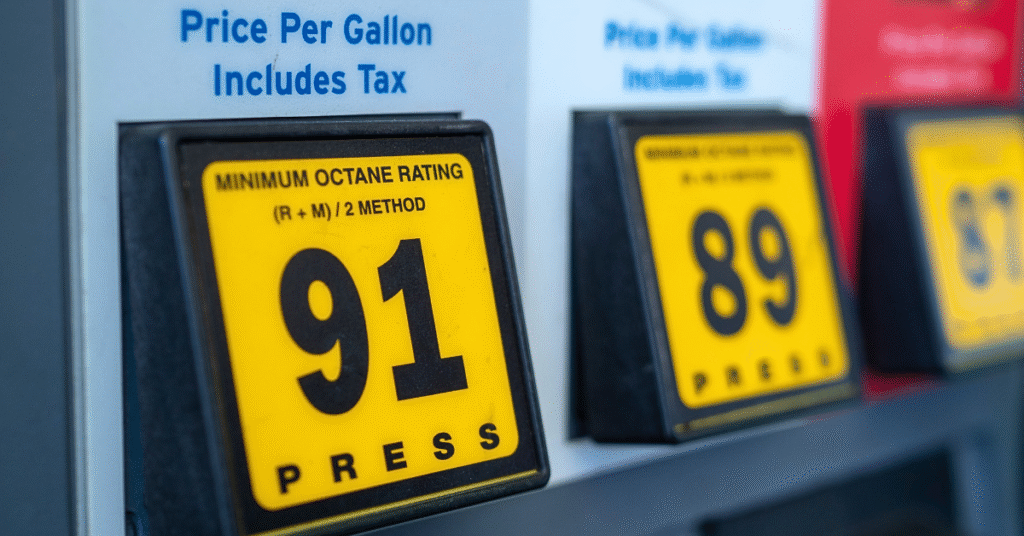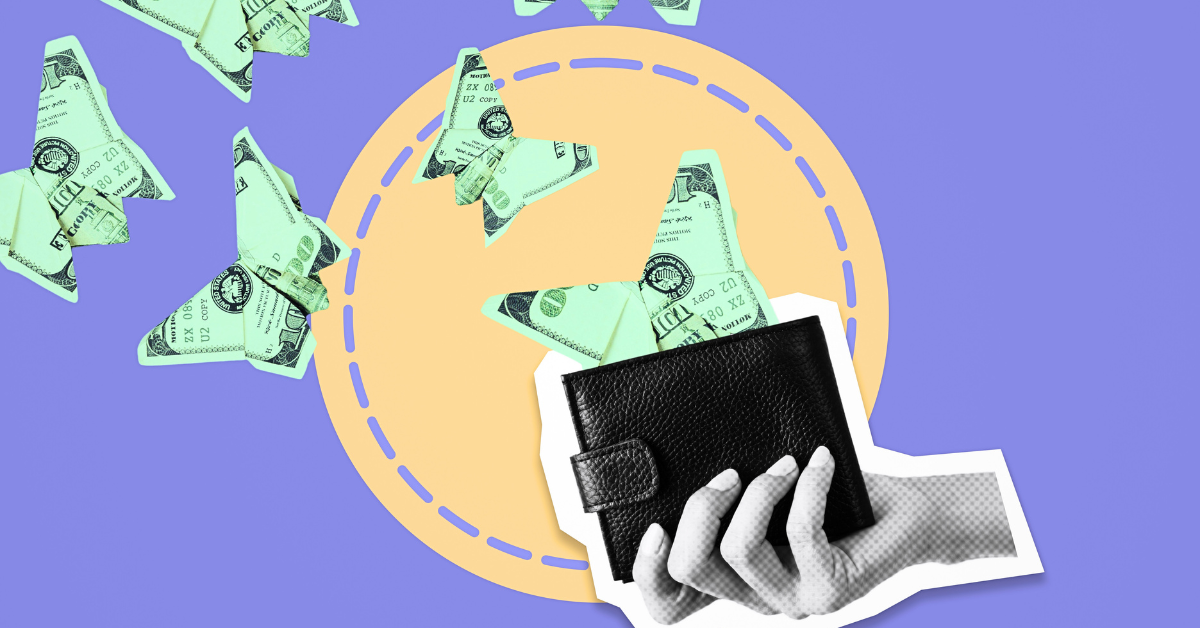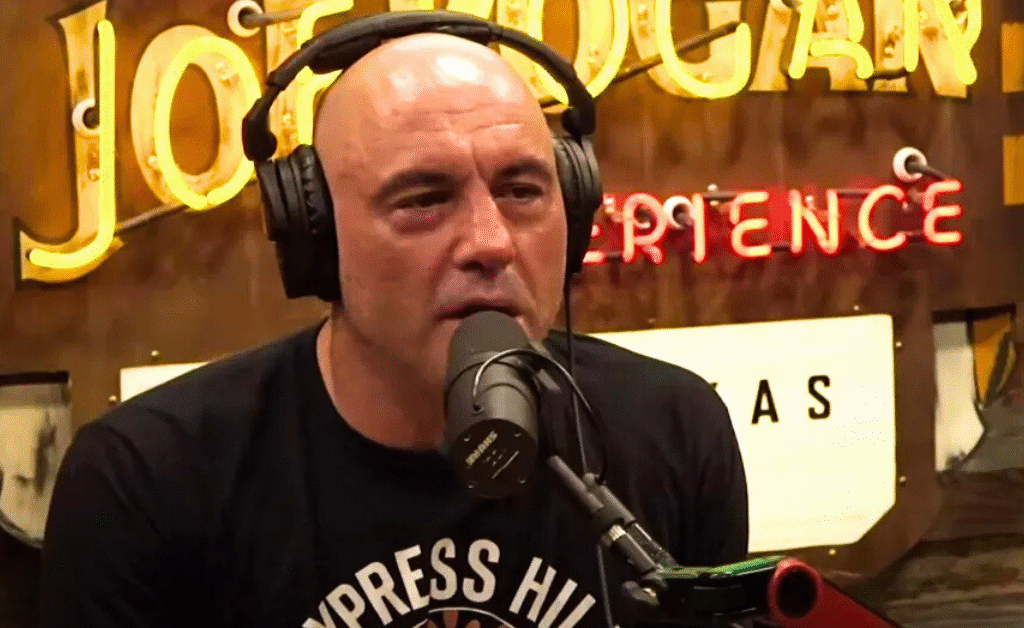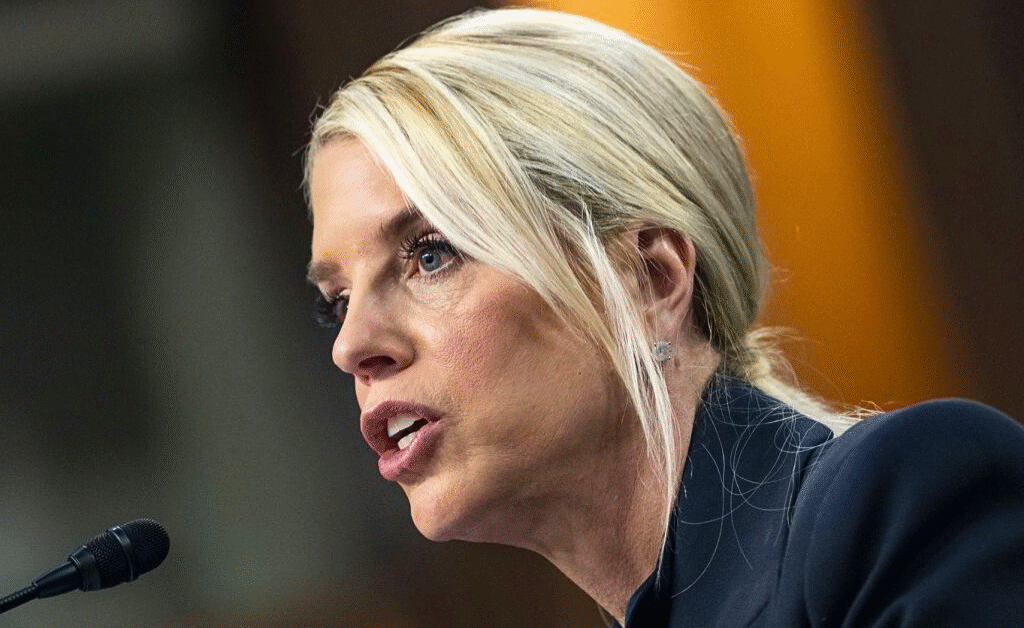- Record-high overdue utility bills—about 6 million households—are escalating, averaging $789 and rising fastest in cold regions, worsening affordability for families.
- Rising energy demand (including AI centers) and political blame tie up federal relief, threatening Trump’s affordability claims as winter-driven disconnections loom.
Picture this: It’s the dead of winter in the Northeast, where the wind howls through cracked windows and the thermostat is cranked up just to keep the chill at bay.
For millions of American families, that simple act of staying warm is no longer a given—it’s a gamble with their finances.
Overdue utility bills have surged to record levels, piling on debt that’s harder to shake off than last year’s holiday credit card spree.
The FrankNez Media Daily Briefing newsletter provides all the news you need to start your day. Sign up here.
And as the mercury drops, so do hopes for relief under the current administration.
What U.S. Economy Data on Households Reveals

This isn’t some abstract economic footnote. It’s a full-blown affordability crunch hitting households where it hurts most: right in the monthly budget.
New data reveals that nearly one in 20 U.S. households—about 6 million in total—is drowning in utility debt bad enough to draw in collection agencies.
That’s not just a number; it’s families skipping meals or dipping into savings they don’t have to keep the lights on.
The numbers tell a stark story. Between April and June of this year, overdue utility balances jumped 9.7% from the year before, hitting an average of $789 per household.
Monthly energy bills? They’re up 12% over the same stretch.
Zoom out a bit further, and the picture gets even grimmer: Nationwide energy costs have ballooned 35% since March 2022, from $196 to $265 a month.
That’s inflation on steroids, outstripping the broader cost-of-living creep and squeezing wallets already stretched thin by pricier groceries, rent, and gas.
In colder corners of the country—like the Northeast, parts of the South, and Appalachia—things are downright dire.
There, overdue balances routinely top $1,500, turning what should be a utility bill into a financial anchor. And it’s not letting up.
During the first six months of President Donald Trump’s current term, the count of households with severely overdue bills climbed by about 117,000—a 3.8% uptick that feels all too personal for those affected.
Experts point to a perfect storm fueling this mess.
Expert Takes on Affordability in America
Julie Margetta Morgan, president of The Century Foundation, which crunched the numbers using consumer credit data from the University of California Consumer Credit Panel, cuts right to the chase:
“There’s a lot of information out there about rising utility costs, but here we can actually look at what that impact has been on families in terms of how they’re falling behind.”
Her team’s analysis isn’t just stats on a page—it’s a window into real lives unraveling under the weight of these bills. Adding fuel to the fire? The insatiable energy hunger of AI data centers.
These tech behemoths are gobbling up power like never before, driving up demand and, in turn, prices for everyone else.
Mike Pierce, executive director of Protect Borrowers and a key voice in the report, doesn’t mince words about who’s to blame:
“Voters are frustrated and families are hurting because these tech giants are cutting backroom deals with politicians, and it’s causing their power bills to go up.
If the Trump administration doesn’t want to do its job and protect families and make life more affordable, I guess that’s its choice.”
It’s a pointed jab at the powers that be, highlighting how corporate interests might be trumping everyday relief.
This spike couldn’t come at a worse time politically.
With midterms looming a year out, cost-of-living tops the list of voter gripes—it’s the issue that keeps folks up at night, not abstract policy debates.
Trump’s Affordability Push Stalls Through Data

President Trump has leaned hard into affordability as his administration’s calling card, touting it as a Republican hallmark. In a Friday Truth Social post, he declared, “We are the Party of Affordability!”
He doubled down in another, slamming Democrats: “Cost, and INFLATION, were far higher under the Sleepy Joe Biden Administration, than they are now.
In fact, costs under the TRUMP ADMINISTRATION are tumbling down, helped greatly by gasoline and ENERGY.
Affordability is a lie when used by the Dems. It is a complete CON JOB. Thanksgiving costs are 25% lower this year than last, under Crooked Joe! We are the Party of Affordability!”
On Sunday, before hopping on Air Force One from Florida, Trump told reporters, “I’m the one that’s getting the prices down,” promising that “some little price reductions and in some cases some pretty good ones” were incoming.
But the utility data throws cold water on that optimism, showing debts mounting even as he speaks.
The White House pushes back, pinning the blame on state-level decisions rather than federal fumbles.
Treasury Secretary Scott Bessent laid it out plainly: “Electricity prices are a state problem…There are things that the federal government can control. Local electricity prices are not one of them.”
Spokespeople there note that spikes are hitting hardest in Democratic-led states chasing renewables, framing it as a policy choice gone awry.
Zoom in on the broader financial picture, and it’s a mixed bag.
The New York Federal Reserve flags rising delinquency rates—90 days or more—for mortgages, auto loans, and student debt over the past year.
Yet mortgages are holding steady at “relatively low” levels, and a Bank of America Institute deep dive insists consumers’ “overall financial health looks sound” despite the headwinds.
Still, when utilities eat into the basics, that “sound” health starts to feel fragile.
What’s Next for American Families?
So, what’s next for the families on the front lines? Winter looms large, with heating bills set to spike alongside that AI-fueled demand.
Without a federal hand—be it subsidies, rate caps, or a crackdown on those backroom deals—experts warn of a domino effect: more disconnections, deeper debt traps, and a whole lot of shut-off notices under Christmas trees.
It’s the kind of scenario that could turn “affordability” from a campaign slogan into a punchline.
This isn’t just about bills; it’s about the quiet desperation of choosing between heat and groceries, or power and progress reports for the kids.
As Trump vows price drops, the data screams for action.
Will the administration step up, or will this utility crisis become the affordability elephant in the room?
One thing’s clear: For 6 million households, the clock’s ticking—and it’s powered by a meter that’s running way too fast.
Also Read: Trump’s $2,000 Tariff Dividend Checks Now Set for 2026 Rollout











